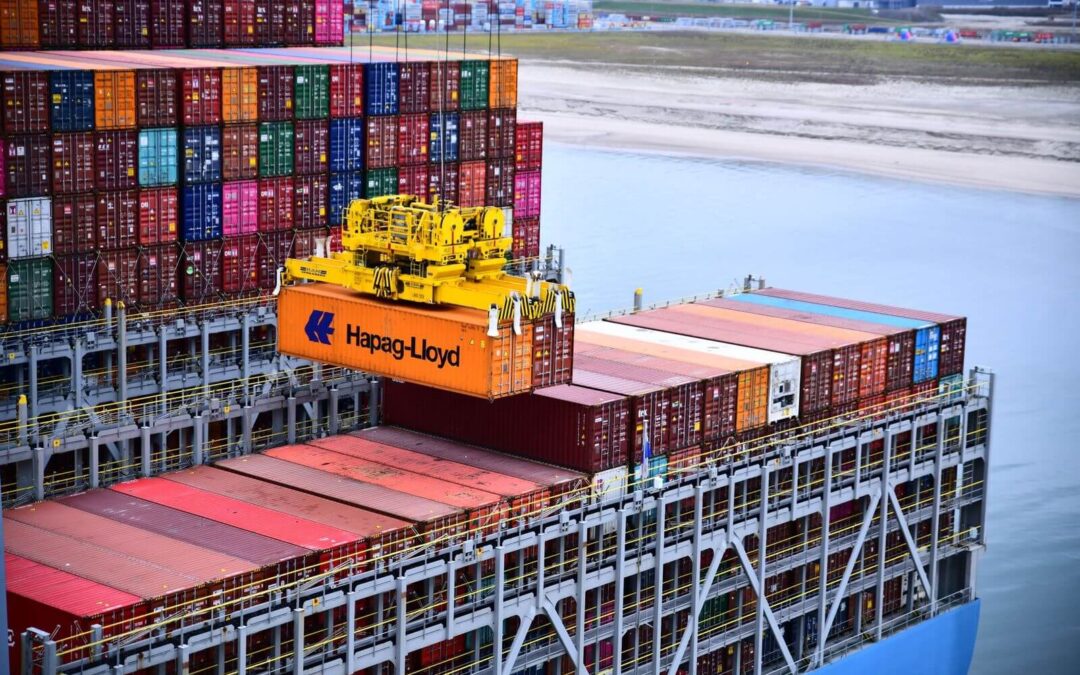With over 100 SingFlex’s now in operation and more on order, the demand for single hoist ship to shore crane headblocks coincides with ZPMC’s research.
Crane manufacturer ZPMC commissioned a research report detailing the reasons why a move from dual hoist cranes to single hoist tandem cranes are likely. The report compared dual hoist cranes and the single hoist tandem cranes with conventional gantry cranes. It concluded that the dual hoist option is higher in price, energy consumption, has a lower utilization and is a lot heavier than a conventional gantry crane. Whereas, a single hoist option is only slightly heavier, slightly more expensive and a higher in utilization (>40%). The report goes further to say that new design terminals and terminals under construction have opted for single hoist tandem cranes.
For those terminals who have opted for the single hoist cranes, connecting a tandem headblock to container spreaders will not only increase their lift cycle per hour but reduce their energy consumption. A case study comparing single lifting or tandem lifting of 125 ton loaded containers shows an energy saving of 15%-20% when in tandem mode. From this, we can conclude terminals will save on energy costs whilst having faster ship operations.
In the article, three tandem headblocks are compared with the RAM SingFlex standing out the most. A key feature being the height of the headblock, with 3 metres from the sheeve pin to bottom of the crane spreaders. This allows existing cranes to accommodate larger vessels without the need to increase the height of their cranes. Another distinguishing feature between the three spreaders is RAM’s dedicated docking station. It allows a rapid changeover from single spreader to twin spreader (and vice versa) in just two minutes and is done without manual intervention to ensure the safety of stevedores.

